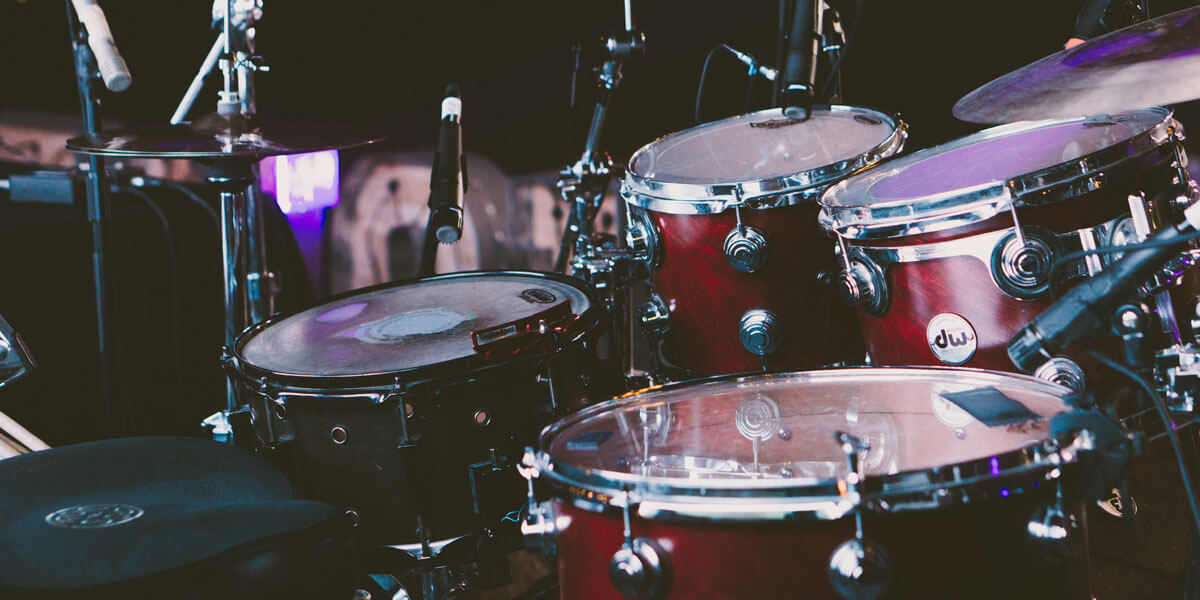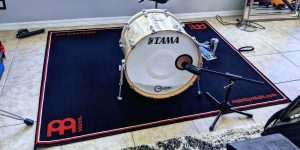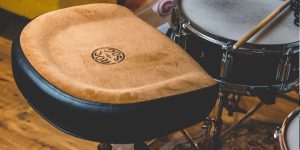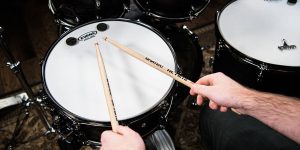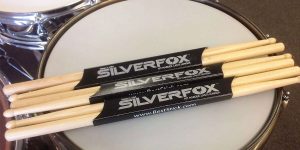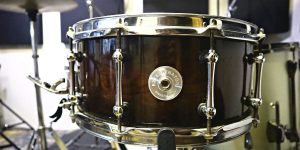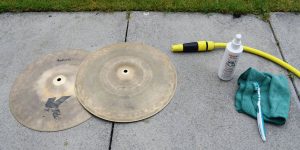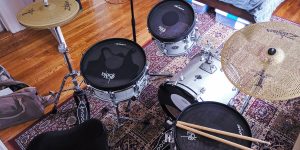What are drums made of? This is a question that concerns not only aspiring musicians but also many ordinary people. Of course, the most popular and premium product for making drum kits is wood. Neither metal, bamboo, nor plastic can beat wood in terms of its characteristics. It is precisely because of its strength and stability, ease of processing, and absolute affordability that different types of wood are the most sought-after raw materials by the most famous brands involved in the production of percussion musical instruments. It is the wood that fills the instrument with warmth and depth of sound, sensitivity, power, and duration of reproduction.
Different wooden drum shells
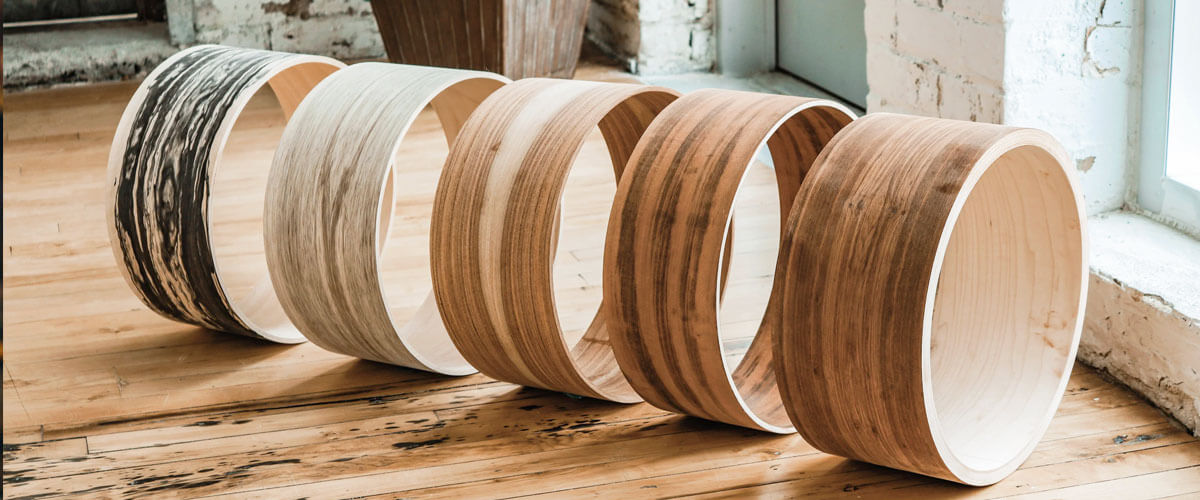
The common drum tonewoods, e.g., oak, poplar, maple and birch, ash and beech, mahogany, and many other types of wood, are popular materials used in drum kits, but let’s identify three well-known drum wood types and compare them. These are, of course, maple and birch – from which most of the world’s most expensive drums are made – and mahogany, which is often used to make budget series drums.
Maple wood
Maple sounds great in all registers and is suitable for all styles of music. The soft and warm sound, focused on low frequencies, has powerful sensitivity and excellent sustain. Such a drum can be easily tuned for all frequencies, maximizing sound expression and eliminating overtones. The vibrations in the body of such a drum are evenly distributed, and the tone is more even.
Due to its strength, density, and flexibility, this wood allows you to make high-quality drum shells. That is why maple is preferred by Yamaha, Tama, Drum Workshop, Mapex, and Pearl Drums, companies that are favorites in the field of musical instruments. Dozens of years on the market, cooperation with world musicians, and the use of premium drum shell materials allow them to set new standards of quality, reliability, and great sound.
Birch wood
Birch, like maple, has excellent tonal qualities. This wood is characterized by a bright sound with predominantly high frequencies and rich lows that can penetrate the densest instruments and reduce unwanted harmonics.
The wood itself is harder and denser than maple, so the sound from a birch shell is more powerful and explosive in performance. Birch drums are often favored by rock drummers because birch helps achieve a sharper and more aggressive sound compared to maple.
This wood is sensitive and responsive, allowing musicians to create a wider range of sounds and tones, making birch drums a versatile option for live performance and studio work.
Many reputable companies choose birch to make their wood drum shells.
However, you should also consider birch’s susceptibility to changes in temperature and humidity, which can affect the instrument’s tuning and sound quality.
Mahogany wood
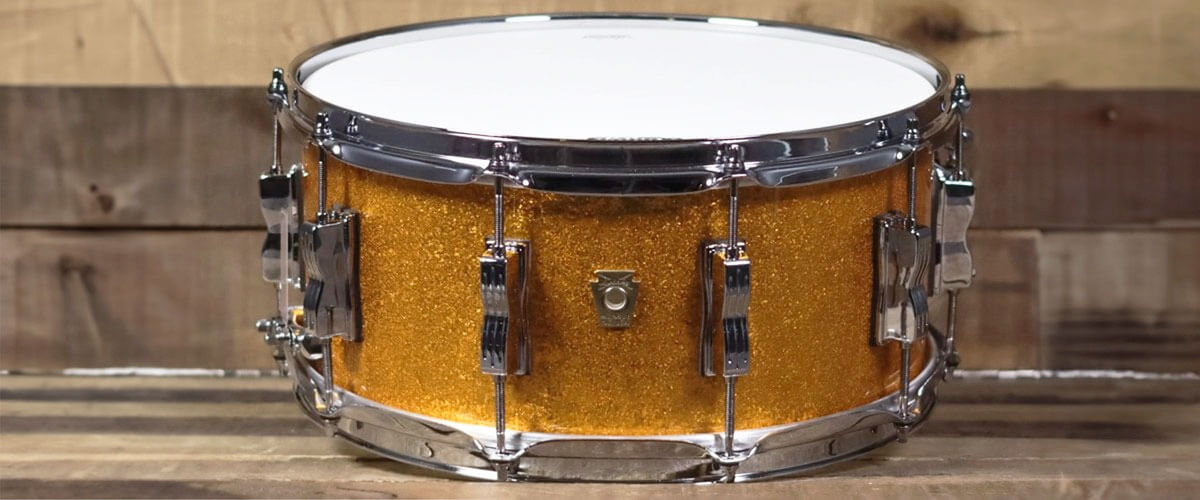
Mahogany is known for its mellow highs, smooth mids, and rumbling lows. Its rich, warm tone and resonance make it popular for styles of music that favor a warmer, smoother sound.
The properties and characteristics of this wood also allow it to be used in combination with other woods. Overall, mahogany offers a good balance of sound duration and decay, allowing drummers to achieve a controlled, sustained tone without excessive overtones.
In addition, mahogany has a beautiful, rich red-brown color with an attractive grain that makes drums visually appealing and often sought after for their aesthetic value. And the strength and durability of this wood allow it to withstand regular playing and possible transportation of the instrument.
Comparative analysis: Maple vs mahogany drums
As I mentioned earlier, both kinds of wood are popular choices for drum shells because of their unique qualities. Maple vs mahogany drums have sonic characteristics that suit different musical genres.
Maple’s smooth and versatile sound is well-suited to pop music. Its warmth and sustain add depth to funk and R&B songs, while its tonal versatility and controlled resonance make it suitable for various subgenres of rock and jazz.
Mahogany is not as versatile but has a longer sustain, softer attack, and less articulation than maple, and is great for warm genres such as blues, jazz, and some styles of rock.
As far as price is concerned, of course, maple is one of the premium drum shell wood types used to make the top percussion instruments.
Comparative analysis: birch vs maple drums
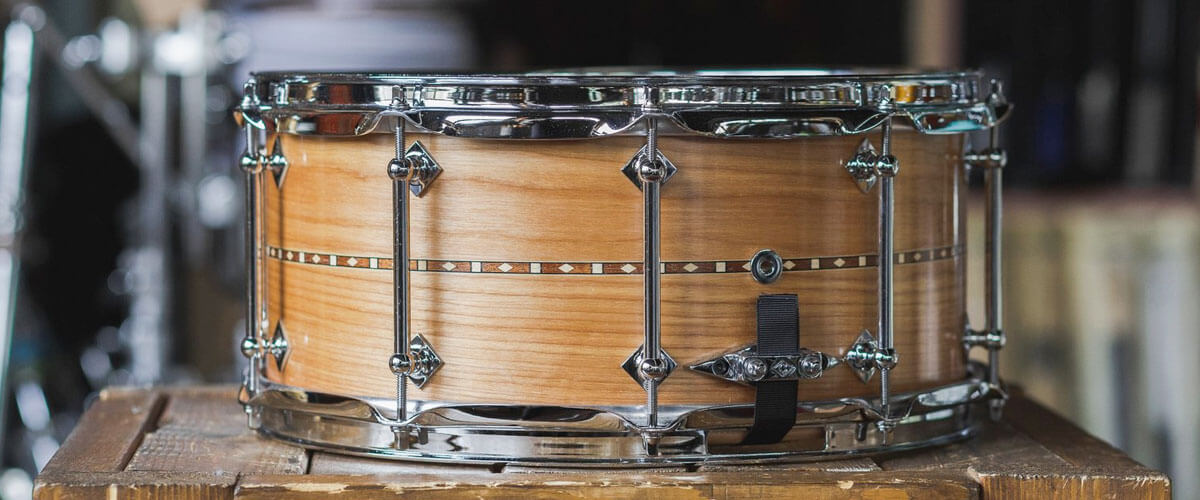
Birch vs maple drums is a true battle of the Giants. Let me remind you again that birch produces powerful midrange frequencies, a bright, pronounced attack, and a short sustain that allows you to cut through heavy guitar riffs and loud bass lines. Birch drums are ideal for genres such as jazz, funk, fusion, and rock, but another advantage is their sensitivity and ability to respond to different playing techniques. In addition, this wood is more durable and easier to maintain, which is important for the rigors of touring and regular use.
Maple shells sound rich and well-balanced across all frequencies, making them suitable for jazz, ballad, and pop music. Smooth sustain and good resonance will be useful in pieces where a warm and versatile sound is desired.
In addition, the texture of maple wood looks great in the body of the drum and has an attractive grain appearance that is appreciated by many professionals.
Of course, it is difficult to give an unambiguous answer as to which material is better and who wins in this “battle”. Each type of wood has its characteristics, advantages, and disadvantages. Ultimately, it comes down to your personal preference and the sound you are trying to achieve.

